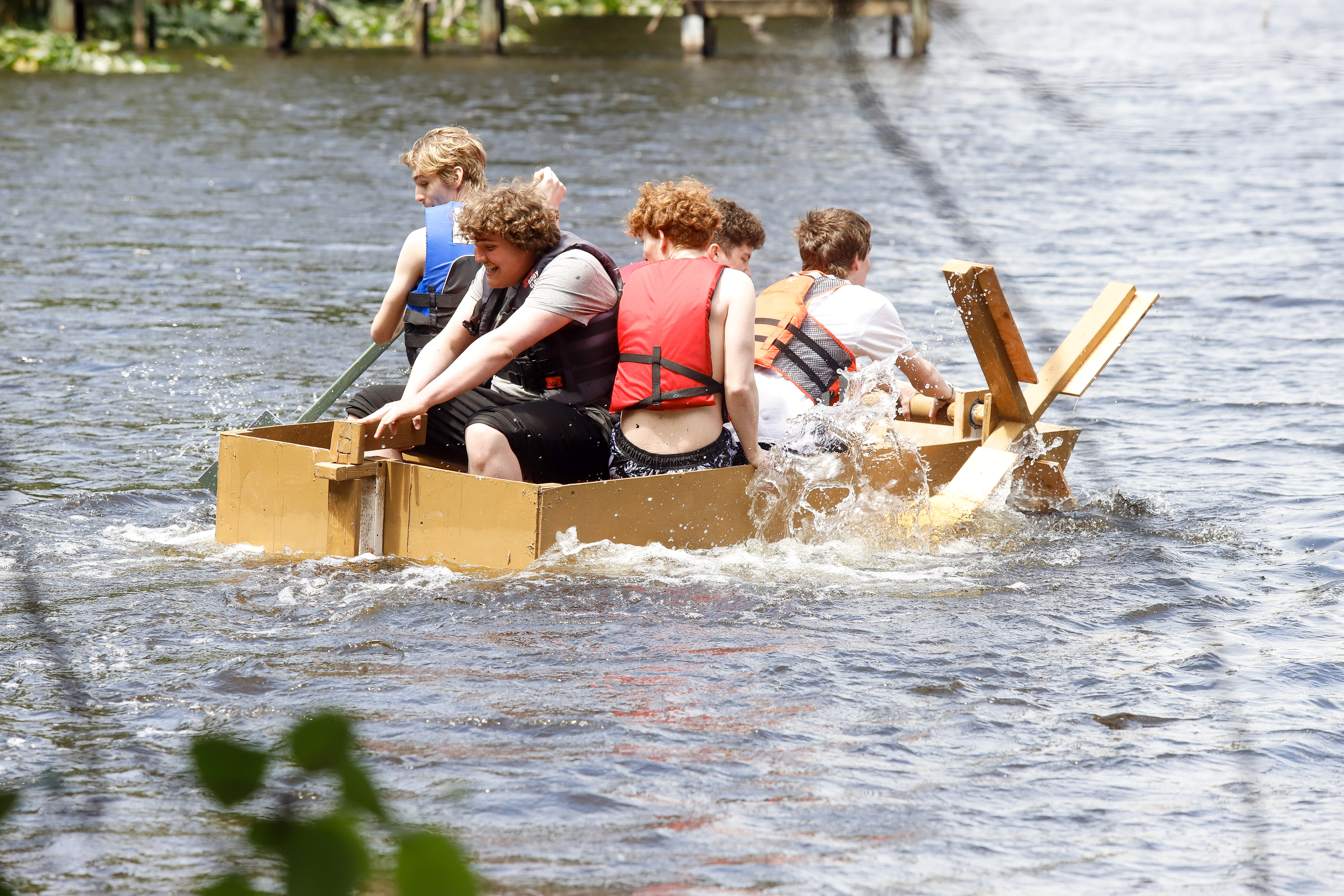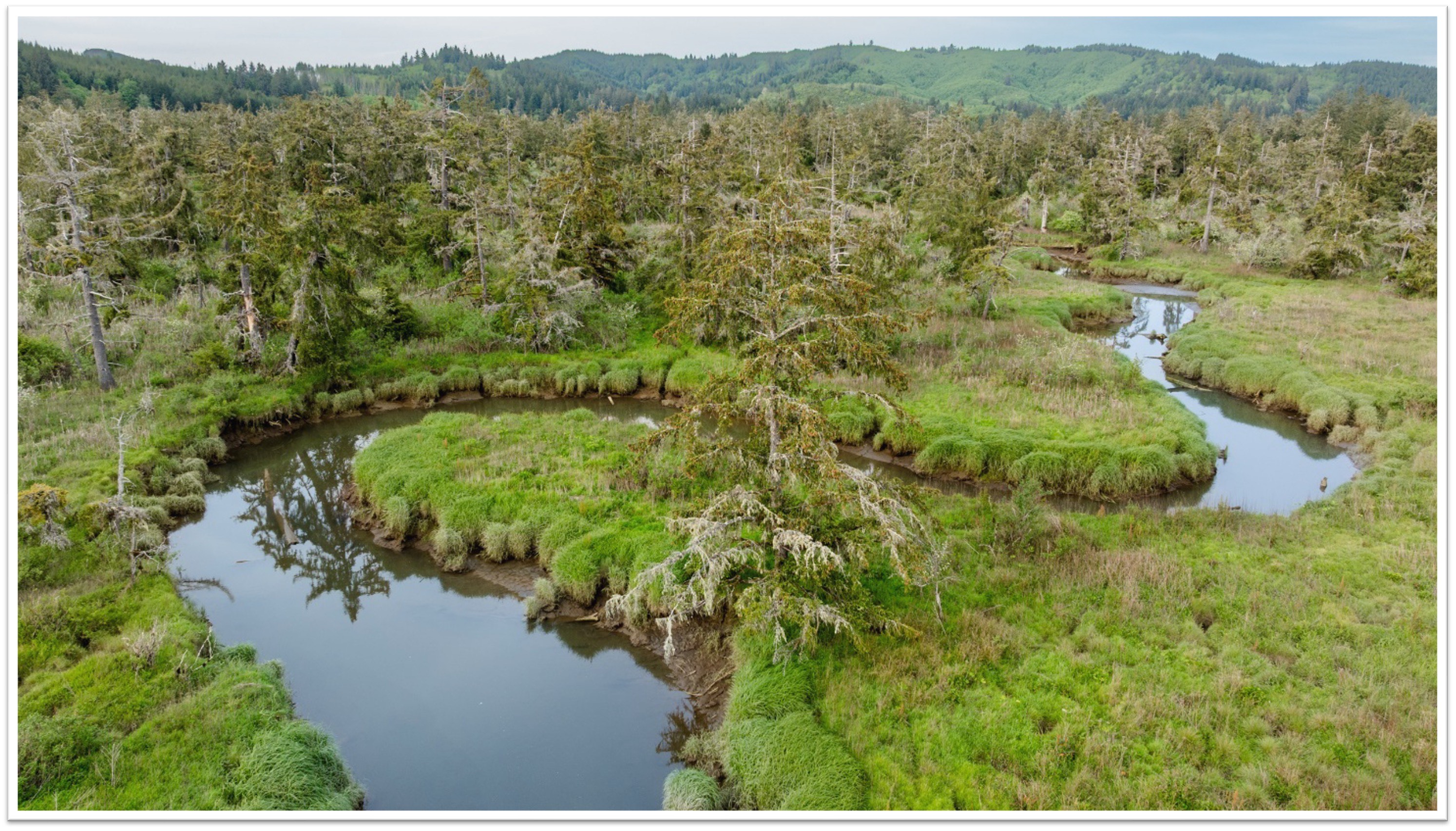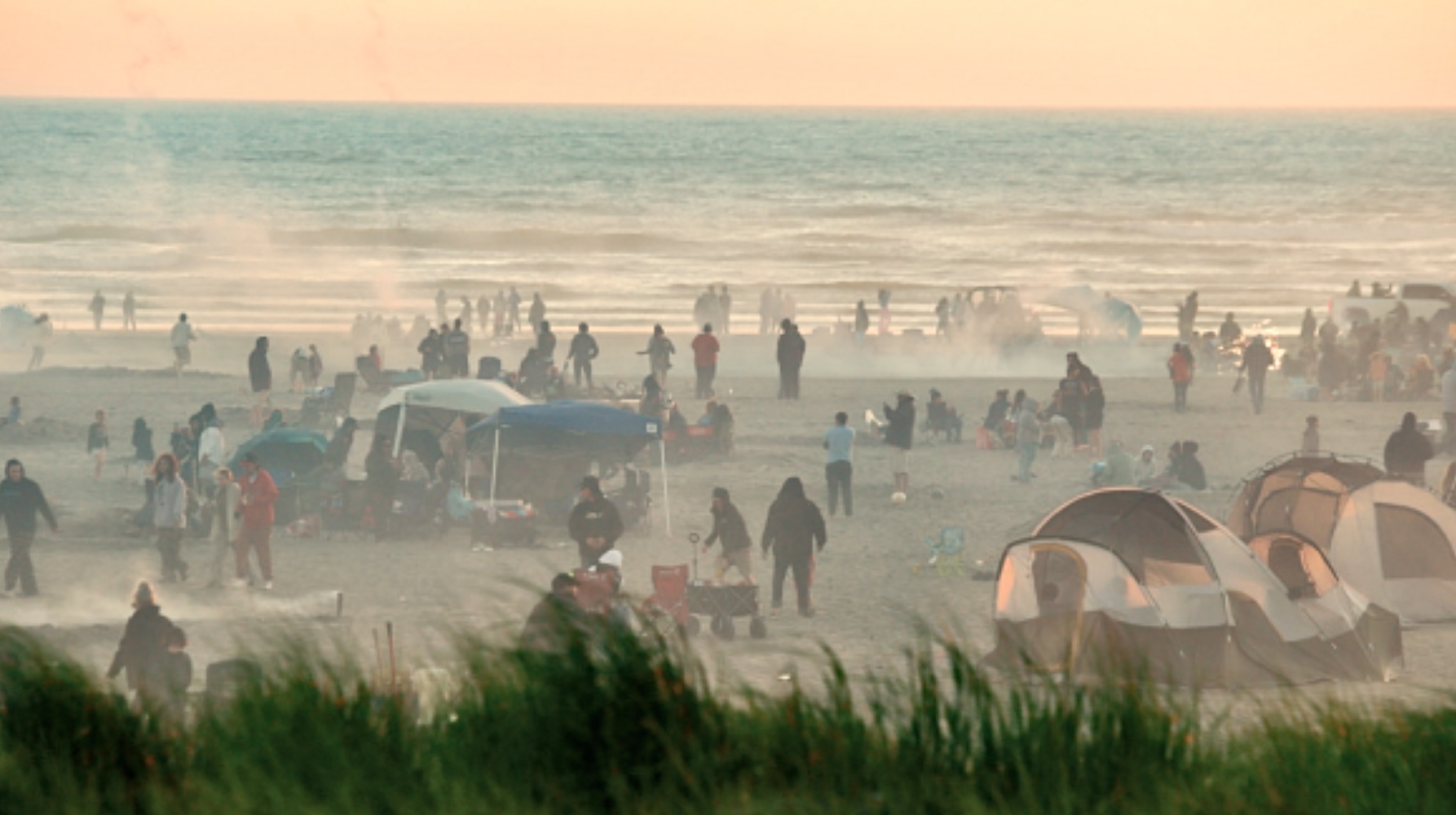Birding: Making a world of difference for the birds
Published 7:21 am Tuesday, June 24, 2025
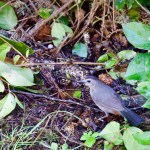
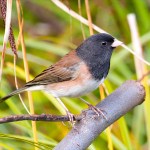


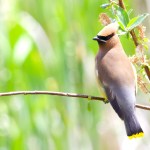
Lights and glassy buildings are dangerous for migrating birds. Even the glass windows of our homes pose a problem for birds and not just during migration, but also on a daily basis.
Thrushes, warblers, sparrows and hummingbirds are among the most frequently reported victims (see the attached photos for specific examples of these species). According to scientists, birds as inhabitants of grasslands and forests do not see glass as a wall or solid. They get confused by its reflections. Similarly, birds in our yards may also become confused by the reflections of our windows.
The result is lethal. Many of the birds will be injured, but many more will die. In some cities, there are volunteers that go out onto city streets to rescue the injured and collect the dead. Some cities, like Chicago, have seen as many as a thousand birds in one day. (New York Times, May 20, 2025)
There have many suggestions that are thought to help alleviate this problem. Included are such things as placing silhouettes of hawks on windows, playing birds-of-prey calls, hanging netting on windows, turning off lights, partially closing shades and blinds to reduce reflection, and moving bird feeders.
To date, none of the suggestions have worked for tall glass buildings or even our own windows. In fact, some of the suggestions weren’t very practical. I have tried the hawk routine, so I know it doesn’t work. Recent research has shown that reducing reflection by providing a covering that birds can see will deter them from flying into glass.
A good example is McCormick Place conference center in Chicago, where a special covering was used, and it worked. Very few birds flew into the windows of the building when this method was utilized, saving the lives of thousands and thousands of birds. (New York Times, May 20, 2025)
The latest research on window dressings that could save the lives of our migrating birds was reported in the New York Times in May of this year. The article was drawn to my attention by a friend who is also a Chinook Observer reader. The research findings were later reported by a birding magazine. So, it seemed to me to be important for us to be aware of the possibilities, especially those backed by science.
Ornithologist Danile Klem, Jr. found that falcon silhouettes were useless. Birds needed a pattern over the whole surface to deter them from flying into it and that the space needed to be just right so that a tiny bird like a hummingbird wouldn’t try to dart through the space.
The application of a dot pattern on the glass is a relatively inexpensive solution that has proven to be remarkably effective in preventing these collisions. The distance between the dots can be no more than two inches. The dots developed seem to be invisible to humans since no pushback was received after installation on the building but was determined to be visible to birds.
Results are coming in from recent migrations that reveal the remarkable effectiveness of the dot initiative. The director of the Chicago Bird Collision Monitors, reported, “This is not just a maybe fix, this is going to make a significant difference in bird mortality.” (NYT, May 20, 2025)
This window fix has been tried and monitored. I wonder if it will be cost effective for home builders to include such an option when building homes. I hope builders and owners of glass buildings will consider using the dots. I wonder whether people will be receptive to the idea for their homes. I am!
Perhaps there will be more information in the near future as to how we can take advantage of this new deterrence and that it will be cost effective for homeowners. “Researchers have estimated that hundreds of millions of birds die hitting buildings every year in the United States. These strikes are believed to be one of the factors behind an almost 30 percent drop in North American birds since 1970.” (New York Times, May 20, 2025)
Here’s hoping the dot solution is adopted by the owners of existing glass buildings and new ones of the future. The cost would be worth it for the birds and for humankind! Happy birding!







